Centerboard (Swing Keel) vs. Fixed Keel: Pros and Cons
Picking the right sailboat keel takes some understanding of the pros and cons of each. To help you out, I'll list the pros and cons of fixed vs. swing keels on sailboats in this article.
Fixed keels offer better performance than swing keels and centerboards, since they are more comfortable and faster. They require less maintenance. However, swing keels offer a low draft, and are less prone to damage when running aground. Swing keels can also be trailered, making them easier to transport.
Fixed Keels: Pros vs. Cons
| Pros | Cons |
|---|---|
| Fixed keels are low maintenance | More draft, inflexible |
| Very durable | More damage when run aground |
| Better all-round performance (comfort, speed) |
Swing Keels: Pros vs. Cons
| Pros | Cons |
|---|---|
| Low draft | More maintenance |
| Running aground is not a problem | More fragile system |
| Easier manipulation and transport ashore | Worse performance |
Let's see what's hidden under these claims.
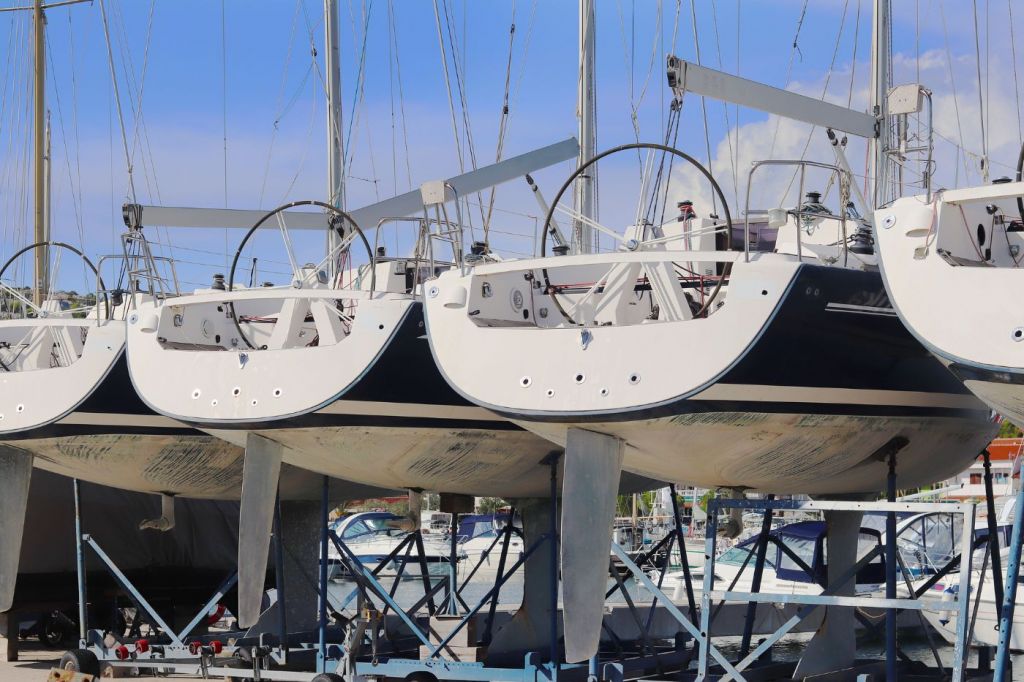
The Difference Between Fixed, Swing, and Centerboard Keels
Just to make sure we all know what is being talked about, let's first briefly discuss the terms.
- Fixed keels are immovable and part of the structure of the hull
- Swing keels are on a hinge, allowing you to change the angle
- Centerboard keels are a board that you can lower through a slit in the hull
Brief explanation of fixed keels
A fixed keel is just what it sounds like. It's a keel that stays in its place and is immovable.
No matter its size, shape, or weight, it is a keel that doesn't move relative to the boat. It is also the most traditional one you will encounter.
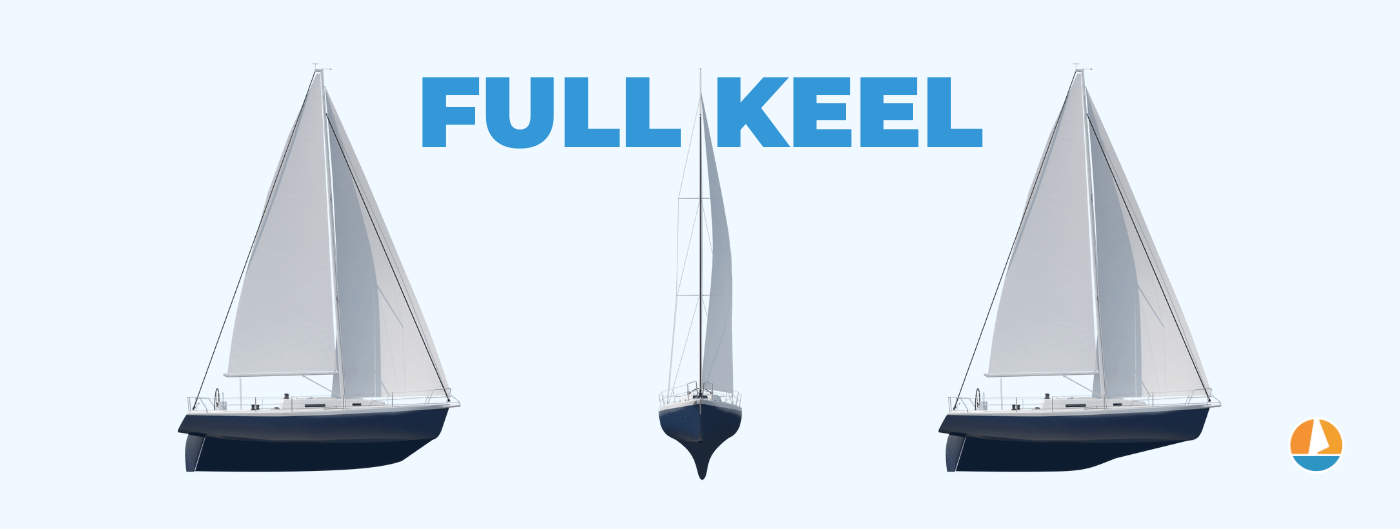
Brief explanation of swing keels
A swing keel is one that has a variable position. Meaning you can change its angle, you can retract it to the boat's hull, sometimes you can take it away completely.
A typical swing keel will hang on a hinge of sorts while being attached to the boat with a line, a cable, or anything that will enable you to pull it up.
These too come in all shapes and sizes, though they are usually lighter, unweighted.
More detailed look at swing keels:
For a detailed explanation of swing keels (also called lifting keels), I recommend reading Shawn's detailed article explaining the swing keel's properties, advantages and disadvantages using clear diagrams and examples.
Brief explanation of centerboard keels
To make things a bit more interesting, let's add another one. Centerboard keels are often being put in the same category as swing keels, but that is not always the case. But since there is a lot of mix-up in terminology regarding this one, I will put them in the same category too.
Not that I'd want to confuse you, but if I go by the correct terms, you might come across different ones when looking up your desired boat's stats.
An example of a typical centerboard would be a keel you see on small sailing dinghies - a board that goes into a slit in the hull's bottom and can be taken out completely, depending on your needs.
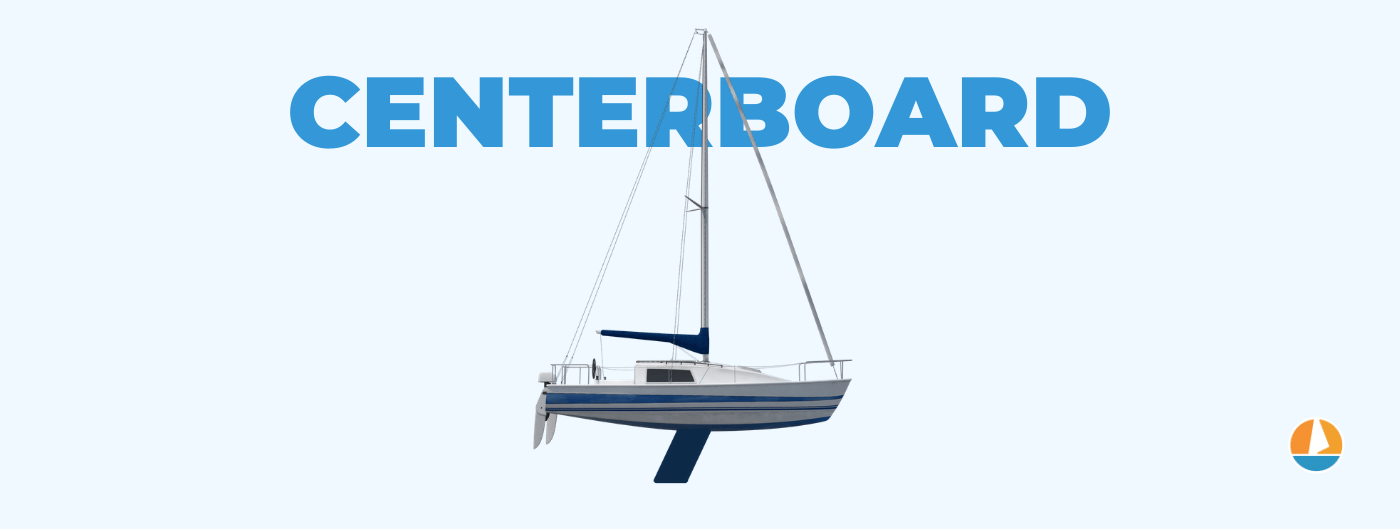
Now to help you with your decision - this isn't a matter of better or worse. While fixed keels are kind of the standard, and tend to offer the best performance and convenience, the need for those with variable depth arose from the need for less draft.
Because performance and convenience do nothing for you if your boat runs aground and can't move.
Understanding Keel Design Fundamentals in 10 minutes
There are too many keel types to get into in this article. For a more detailed explanation of keel design fundamentals, I recommend you go through our Illustrated Guide to Sailboat Keel Types. It also contains a full list of the most common keel designs and their properties. Simply skimming it will help you understand the basics in ten minutes or less.
Get the full picture on keel design
Pros Of Fixed Keels
Fixed keels are more durable
The first point to mention here surely is durability. A fixed keel has no moving parts, so less chance of something breaking, less need for maintenance, and less hassle with mechanical parts.
This might not seem like much of a plus to many, but spend a few weeks on a sailboat, or plan a more ambitious journey such as an ocean crossing and you will find that maintenance is a big part of it all. And you will be thankful for every bit of the boat that doesn't require much of it and can take care of itself.
Fixed keels have a fixed draft
Another advantage is that you have a fixed draft to think about, no need to lift keels, or calculate where you can go - so your sail will be a bit more stress-free. In a way.

Fixed keels are more stable
The biggest point of them all though is performance. Fixed keels are almost always weighted, they offer good counterbalance to heeling and can help you with both sailing upwind and your boat's stability and a smoother ride.
That is why for most long-distance cruisers or racing boats, a fixed keel will likely be the weapon of choice.
But the above point is also relative since there are weighted swing keels - more on that later.
Cons of Fixed Keels
More prone to damage in shallows
What you got is what you got. If your draft is 10 feet, that is how deep you can run before risking damage, end of story. So you are automatically disqualified from entering certain places.
I personally don't see that as an issue but that is mostly owed to where I sail. If I spent more time on lakes or shallow waters, I might rethink my preferences. I've heard Florida tends to be quite depthless.
All the bays that are off-limits for a fixed keel, or anchorages where you pray you won't drag since there isn't much wiggle room … a lifting keel can take quite a lot of pressure off your hands.
If you do want to opt for a fixed keel, take a look at full keels instead of the more popular modern fin keel designs. Surprisingly, the more stable full keel design provides equal stability and durability at a lower draft. William took a very close look at the advantages of the full keel design and has written an excellent article that will run you through each of the full keel's specific benefits.
Fixed keels will damage when running aground
If you do run aground, chances are you will damage your boat. Freeing yourself from running aground is a lot easier with a swing keel. Sometimes you'll have no option but to wait until the tide rises. Not even another boat can drag a well dug-in fixed keel.
Pros of Swing Keels
Swing keels offer very low drafts
The obvious advantage is the fact your draft will go to a minimum. The numbers depend on the specific model, some keels can be retracted more than others, but having the versatility pays off in many locations.
Lake sailors will appreciate this. So will people who happen to be in naturally shallow areas. There are marinas unsuitable for deep draft sailboats and having the option to change your draft can come in handy in some places.
They are less prone to damage when running aground
And if you do happen to run aground, it doesn't have to be an issue. The swing keel can simply swing as much as needed and you can slide over the bump. More or less. Having a negotiable draft would have saved many sailors annoying and expensive repairs.
They are easy to debeach
And in case you do get beached, getting out of such a situation is easier. Sometimes it can be as swift as lifting the keel and motoring away.
Swing keels can be trailered
Then there is the matter of getting the boat out of the water and trailering it. It can be as easy as popping the keel up, driving the boat on a towable trailer, and voila. Try doing that with a fixed keel. Transporting your boat will be much easier, which is why this design is popular with weekend sailors.
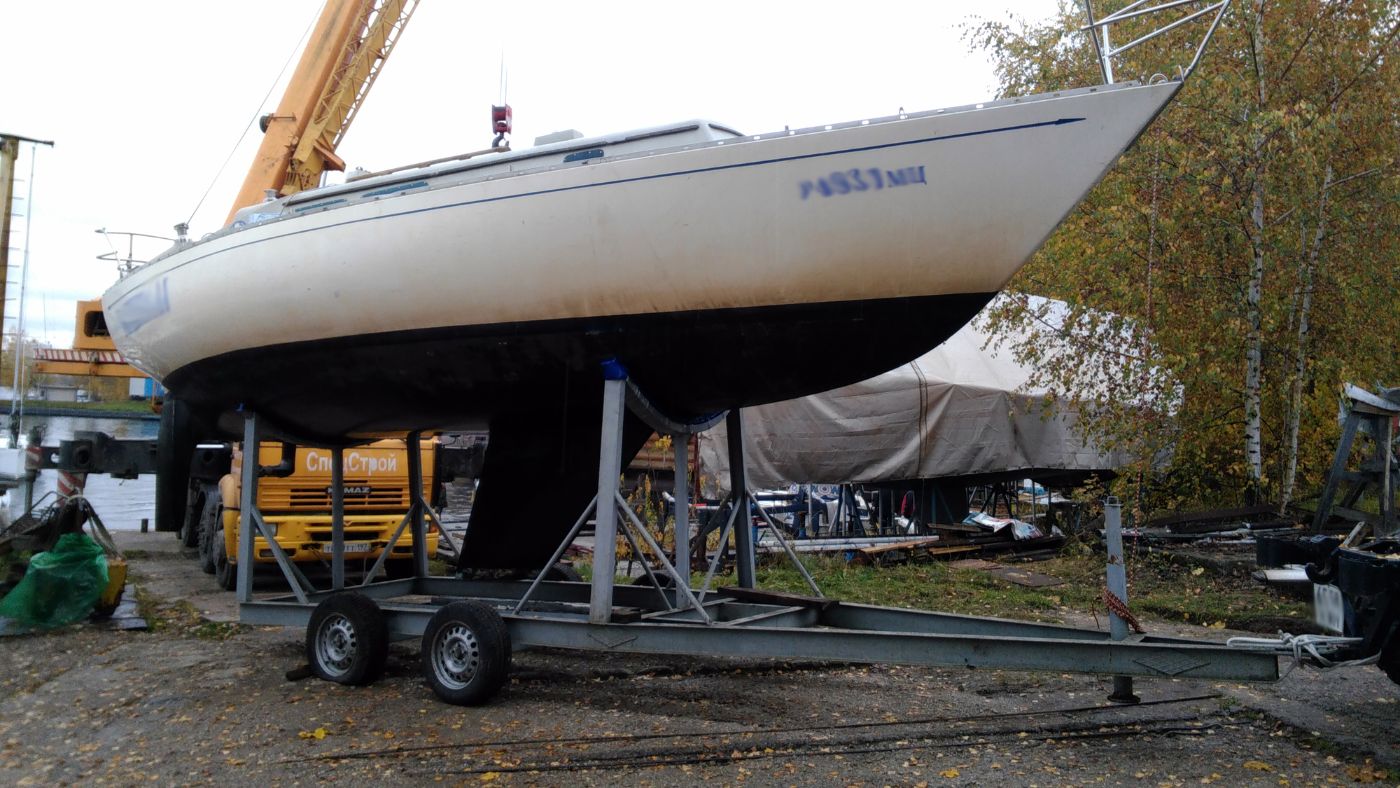
Easier to work on on-shore
Last and also least, since this isn't such a big deal, the ability to minimize the draft can come in handy when working on your boat once it is on shore. You might be able to reach your hull without ladders or scaffolding, making the access way more convenient.
Cons of Swing Keels
Swing keels are slower and less stable
Putting the precise terminology aside, swing keels, centerboards or daggerboards, are less likely to be weighted. Thus you might end up with one that provides very little in terms of counterbalance and that reduces performance greatly.
Though as hinted before, there are weighted swing keels available. Some so heavy that you won't see a difference between them and fixed keels performance-wise.
For cruisers who don't care about performance that much, as long as they get to their destination, this won't matter. But if you care about speed, well, there is a reason why you won't see many swing keel racing boats.
They require a lot more maintenance
The biggest one though is maintenance. This is such a big part of having a swing keel boat that there are manufacturers who will prompt you to check the keel before every use. And that can get a bit daunting.
There is the line used for pulling the keel up, a winch of some sort (though you can do this by hand on smaller boats), the hinges, and the means of attaching everything together, whatever the system. All of this requires regular maintenance, or your keel might snap of (it happens).
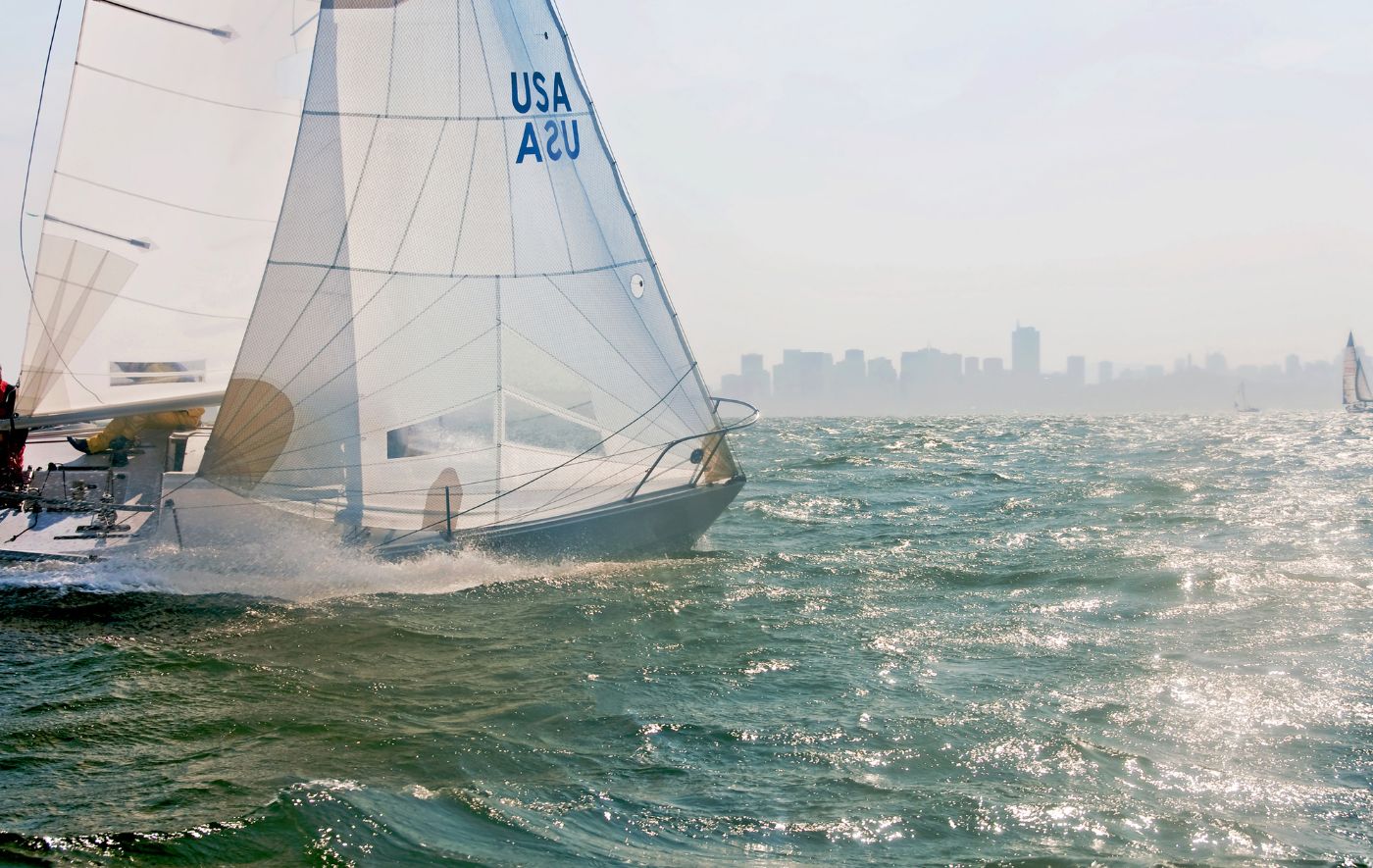
Swing Keel or Fixed Keel: Which One Is For You?
As is usual, it all depends on the way you use your boat. Some boat designs seem nonsensical to many, but there is usually a good reason why they came into existence. A swing keel is no different.
If made to choose between a swing and fixed keel, my choice would be a fixed keel any day of the week, but that is determined by my preferences and where I sail the most (as well as my love for uncompromised performance and unreasonably high fear of capsizing - which is more likely with an unweighted swing keel than one that runs deep and stays there permanently).
Lake sailors, those who find themselves in shallows, or those who like to park their boats on beaches every now and then are better off with a swing keel. Those who know they can't avoid the occasional touchdown, perhaps simply because they sail in unpredictable waters, will probably do well to choose this design too. If you trailer your boat often, have a daysailor that you want to back into your garage after a day on the water, the choice is quite clear as well.`
Helping you decide on the best keel design
There are dozens of keel designs out there, and each type serves a different purpose and excels under different conditions. To understand which keel type is best for your situation, I recommend you read our Illustrated Guide to Sailboat Keel Types, which contains the fundamentals of keel design and an overview for each keel type's characteristics (including diagrams). It will help you understand which keel designs to consider in ten minutes or less.
There are many sailboats to choose from on both sides of the camp and if you are looking for people's experiences, you are in luck - this is one of the rare topics that doesn't divide sailors, so asking a question in an online forum won't bring an armada of fighters for this or that side - rather a bunch of helpful folks.
Did you find the answer to your specific question?
👍 13 👎 2
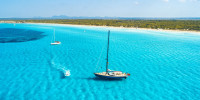
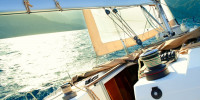
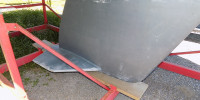

Leave a comment